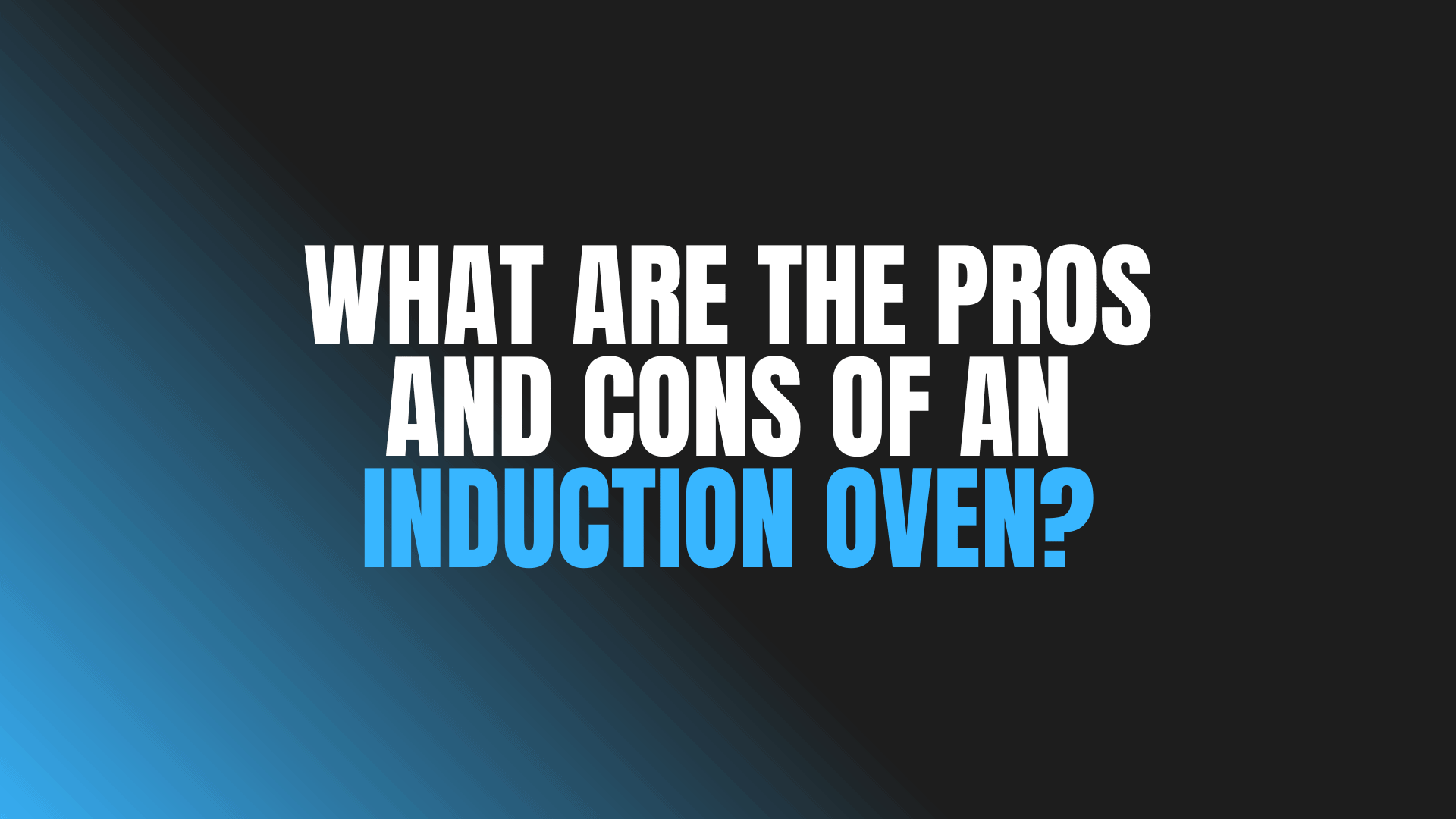
Question: What Are the Pros and Cons of an Induction Oven?
Answer: Pros of an induction oven include fast heating, precise temperature control, energy-efficient, safer surface. Cons include they can be expensive, requires induction-compatible cookware, may produce a buzzing sound.
Induction Cooking: Exploring the Advantages and Disadvantages
Induction ovens represent a significant shift in cooking technology. They offer distinct advantages and disadvantages compared to traditional gas or electric ovens. This article examines the pros and cons of induction ovens to help you decide if this innovative appliance suits your needs. We will explore factors such as energy efficiency, cooking speed, safety features, cost considerations, and maintenance requirements.
Understanding these aspects will empower you to make an informed choice. This information helps you assess if an induction oven aligns with your cooking style, budget, and overall kitchen setup. Whether you are a seasoned chef or a home cook, understanding the benefits and drawbacks of induction cooking is essential in today’s modern kitchen.
Energy Efficiency and Speed
Induction ovens excel in energy efficiency. They transfer heat directly to the cookware, minimizing energy loss. This direct heating method results in less wasted heat compared to traditional ovens. Induction ovens heat up and cool down quickly, further contributing to their energy-saving capabilities.
This rapid heating and cooling also translates to faster cooking times. Induction ovens significantly reduce cooking durations compared to conventional methods. This speed is beneficial for busy individuals and families who value time efficiency in the kitchen.
The precise temperature control of induction cooking allows for quick adjustments. This responsiveness is crucial for delicate dishes and sauces. Chefs and home cooks alike appreciate the immediate response of induction technology.
Click the link to read more about Blue Kitchen Refacing
Related Article: Can You Use Regular Pans in an Induction Oven?
Related Article: What Is the Difference Between an Induction Oven and a Regular Oven?
Cost and Maintenance
Induction ovens often come with a higher initial price tag compared to traditional ovens. This upfront investment can be a barrier for some consumers. However, long-term energy savings can potentially offset this initial expense.
Induction cooking requires specialized cookware with a magnetic base. Existing cookware may need replacing, adding to the overall cost. This compatibility requirement is crucial for the oven to function properly.
Maintaining induction cooktops is generally straightforward. Their smooth, flat surface is easy to clean. However, repairs can be expensive if the electronic components malfunction.
Cookware Compatibility and Learning Curve
Not all cookware is compatible with induction cooking. Pots and pans must have a magnetic base to work with induction technology. This requires consumers to check their existing cookware or invest in new induction-compatible options. A simple magnet test can determine compatibility.
Some users experience a slight learning curve when adapting to induction cooking. The precise temperature control and rapid heating may require some adjustment. However, most users find the transition relatively easy with practice.
The lack of a visible flame can also take some getting used to. Cooks often rely on visual cues to gauge heat levels. Induction cooking requires relying on the temperature settings and other indicators.
Noise and Other Considerations
Some induction ovens produce a humming or buzzing sound during operation. The intensity of the noise varies depending on the model and power level. While usually not excessive, some users find this noise distracting.
Induction cooking may not be suitable for all cooking techniques. Certain specialized cooking methods may be better suited to traditional gas or electric ovens. This includes techniques like charring or broiling.
Conclusion: Benefits and Drawbacks
Induction ovens offer compelling advantages, including energy efficiency, speed, safety features, and precise temperature control. These benefits make them an attractive option for modern kitchens. The rapid heating and cooling save time and energy, while the enhanced safety features provide peace of mind.
However, the higher initial cost, cookware compatibility requirements, and potential learning curve are important factors to consider. The necessity for magnetic cookware and the possibility of a humming sound during operation are also relevant points to consider.
By carefully evaluating the pros and cons presented in this article, you can make an informed decision about whether an induction oven aligns with your cooking needs and preferences. Weighing these factors carefully will help determine if an induction oven is the right fit for your kitchen.

Blue Malue Get in touch with Blue here.
